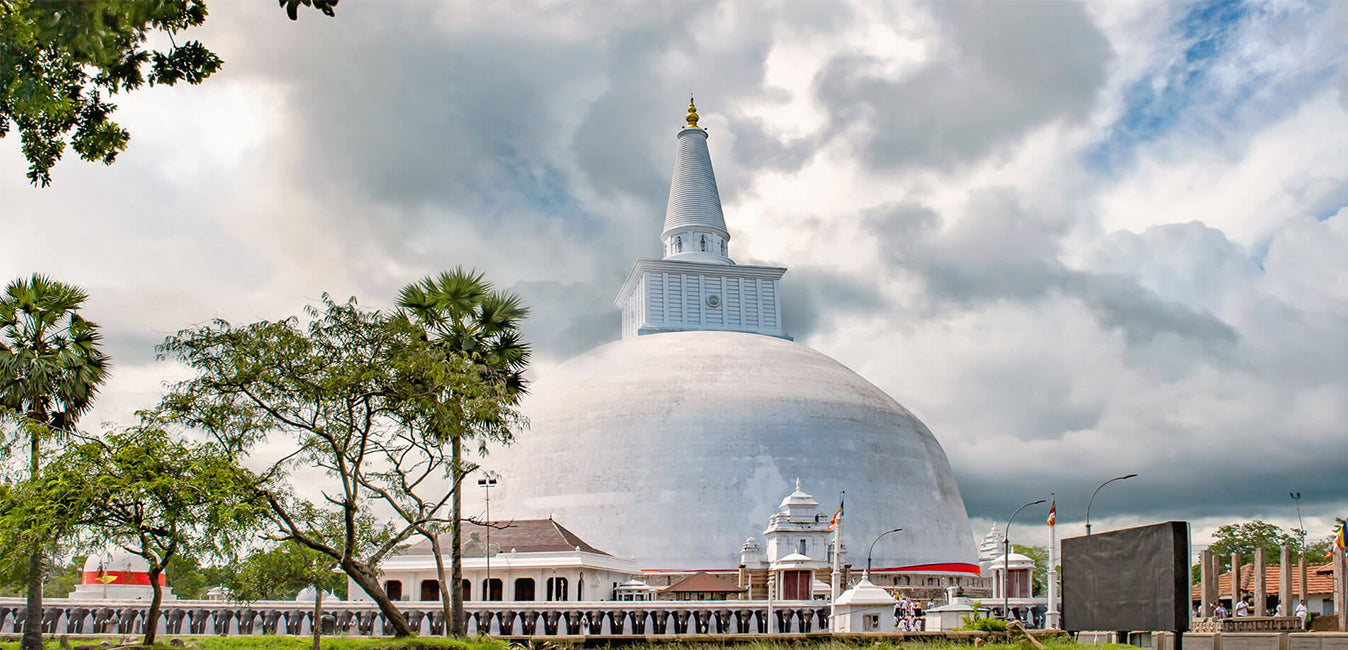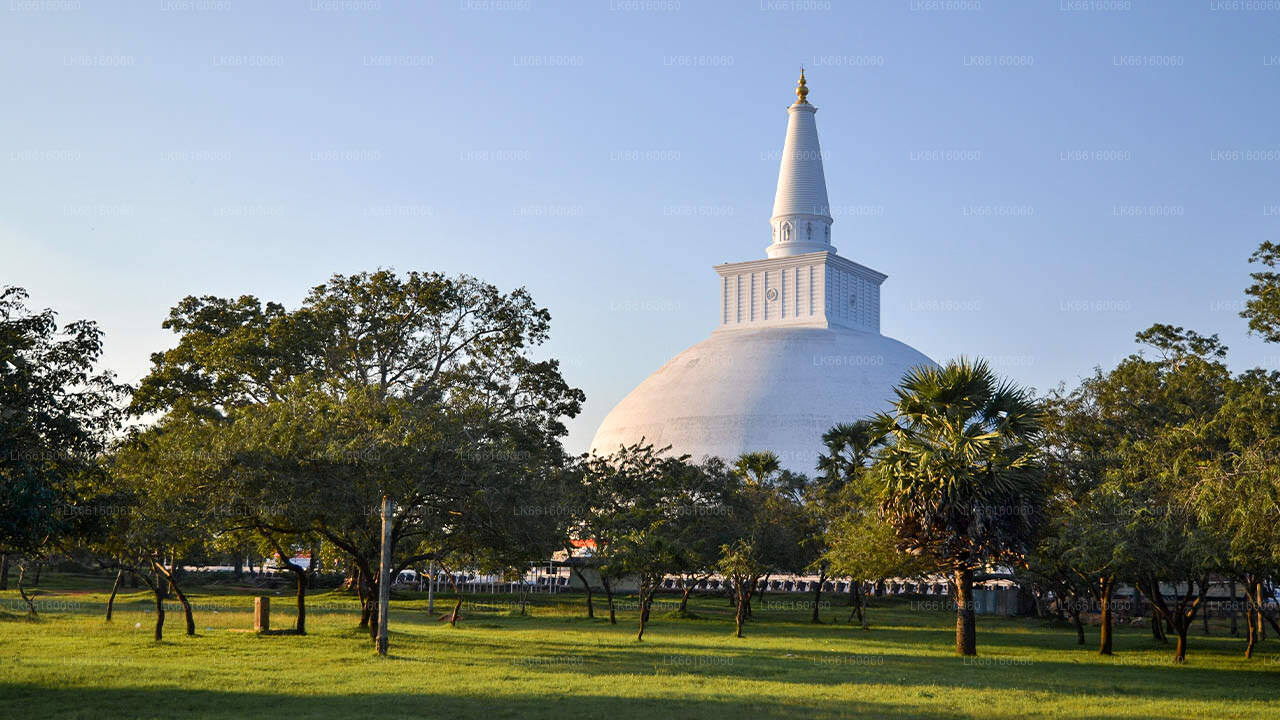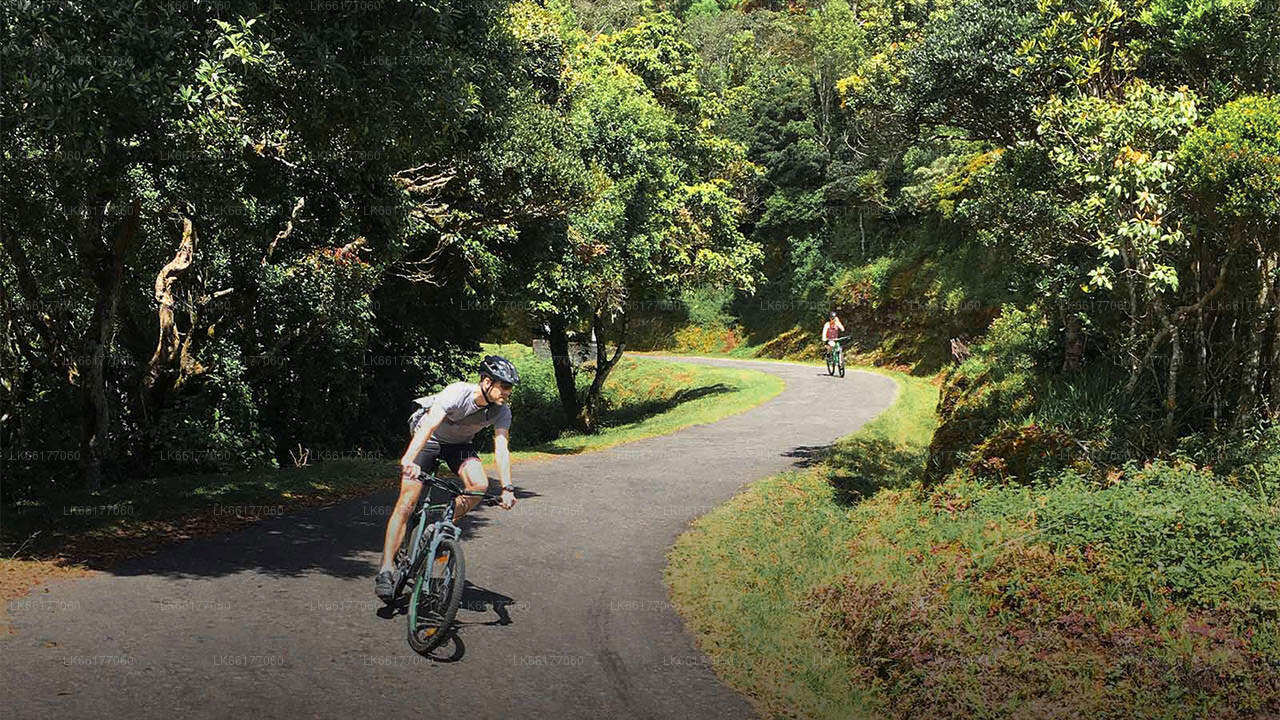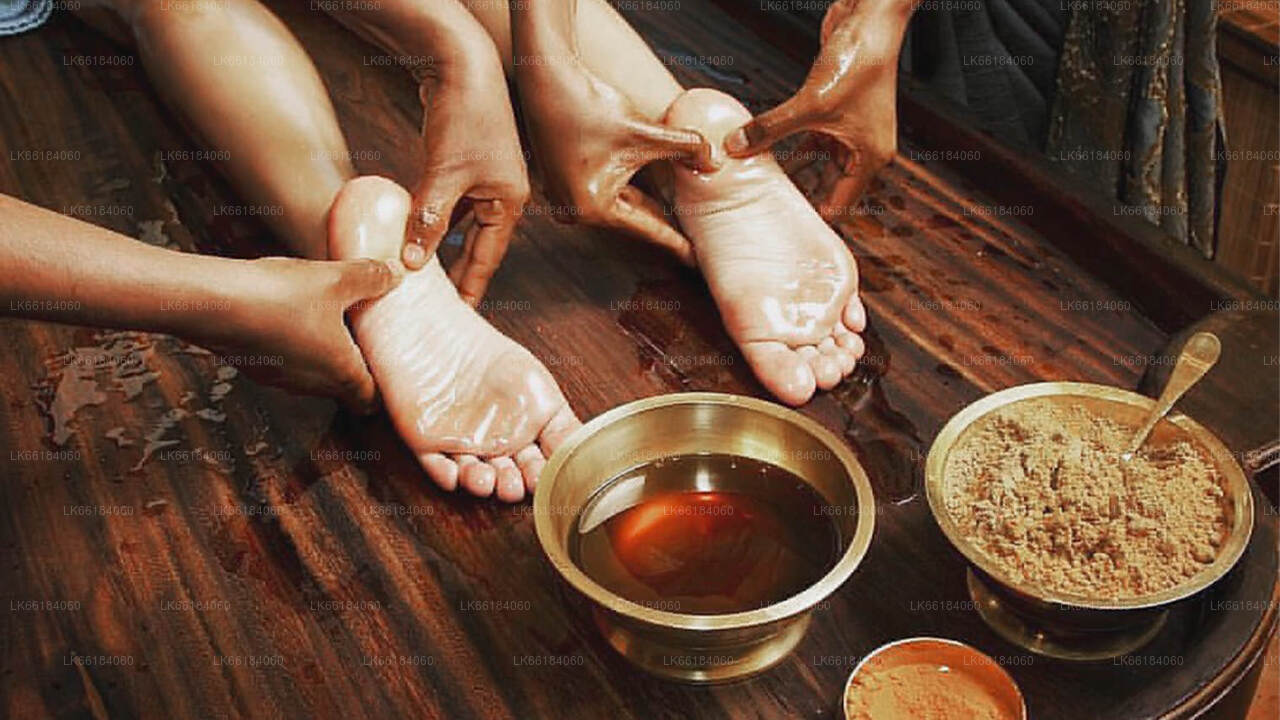
Anuradhapura City
Anuradhapura is belongs to the North Central Province in to Sri Lanka. Anuradhapura is one of the ancient capitals of Sri Lanka, famous for its well-preserved ruins of ancient Lankan civilization. The city, now a UNESCO World Heritage Site, lies 205 km north of the current capital Colombo in Sri Lanka.
Jaya Sri Maha Bodhiya
Jaya Sri Maha Bodhi is a historical sacred bo tree (Ficus religiosa) in the Mahamewuna Garden in historical city of Anuradhapura, Sri Lanka. This is believed to be a tree grown from a cutting of the southern branch from the historical sacred bo tree, Sri Maha Bodhi, which was destroyed during Emperor Ashoka the Great time, at Buddha Gaya in India, under which Siddhartha Gautama (Buddha) attained Enlightenment. The Buddhist nun Sangamitta Maha Theri, a daughter of Indian Emperor Ashoka, in 288 BC, brought the tree cutting to Sri Lanka during the reign of Sinhalese King Devanampiya Tissa. At more than 2,300 years old, it is the oldest living human-planted tree in the world with a known planting date. The Mahavamsa, or the great chronicle of the Sinhalese, provides an elaborate account of the establishment of the Jaya Siri Maha Bodhi on the Island and the subsequent development of the site as a major Buddhist pilgrimage site.
Today, the Jaya Siri Maha Bodhi is situated on a high terrace, about 6.5 meters above the ground, and surrounded by 4 other lower-level terraces with Bo trees called “Parivara Bodhi” planted for its protection. The site is currently administered by the Chief High Priest of Atamasthana and the Atamasthana Palakasabha, the administrative body of the Atamasthana, and receives millions of pilgrims each year. The site is open to visitors and continuously hosts numerous acts of worship throughout the year. However, access to the uppermost terrace where the bo tree is located is restricted due to the old age of the tree and various acts of vandalism it has endured throughout history, including a terrorist attack by LTTE in 1985, where around 146 pilgrims were massacred.
History
The Jaya Sri Maha Bodhi is a sacred Bo tree, that stands in the Mahamewna Gardens in Anuradhapura, Sri Lanka. Not only is it the closest authentic living link to Gautama Buddha, it is also the oldest human-planted tree in the world with a known planting date and a recorded history. About 2,600 years ago, Lord Gautama Buddha sat with his back against an Esathu (Asvattha) tree on the banks of the Neranjana River in Bodhgaya, India. It was at this moment, as he sat against the tree, that the Buddha is said to have achieved enlightenment. In doing so, the tree also gained a venerated status. It became known as the Bodhi tree, and pilgrims came to see it even within the lifetime of the Buddha.
Later, in 236 BC, the Buddhist nun Sanghamitta Maha Theri was sent by Emperor Asoka from India to Sri Lanka. With her, she carried a southern branch of the original sacred fig. This branch was ceremoniously presented to Devanampiya Tissa, one of the earliest kings of Sri Lanka whose reign was notable for the arrival of Buddhism. In 288 BC, Tissa planted the branch of the Bodhi tree in his Royal Park in Anuradhapura.
The Jaya Sri Maha Bodhi, as it became known, has since been cared for and protected by Buddhist monks and dedicated kings. Statues, water canals, golden
Anuradhapura District
Anuradhapura is belongs to the North Central Province in to Sri Lanka. Anuradhapura is one of the ancient capitals of Sri Lanka, famous for its well-preserved ruins of ancient Lankan civilization. The city, now a UNESCO World Heritage Site, lies 205 km north of the current capital Colombo in Sri Lanka.
In the sacred city of Anuradhapura and in the vicinity are a large number of ruins. The ruins consist of three classes of buildings, dagobas, monastic buildings, and pokuna (ponds). The city had some of the most complex irrigation systems of the ancient world, situated in the dry zone of the country the administration built many tanks to irrigate the land. Most of the civilians are Sinhala, while Tamils and Sri Lankan Moors live in the district.
North Central Province
North Central Province which is the largest province in the country covered 16% of total country's land area. North Central Province consist two districts called Polonnaruwa and Anuradhapure. Anuradhapura is the largest district in Sri Lanka. Its area is 7,128 km².
North Central Province has numerous potentials for Investors to start their Businesses, especially Agriculture, agro based industries and Livestock sectors. More than 65% of North Central Province's people depend on basic Agriculture and agro base industries. NCP also called "Wew Bendi Rajje" because there are more than 3,000 medium and large scale tanks situated in the province. Sri maha bodiya, Ruwanweli seya, Thuparama dageba, Abayagiri Monastry, Polonnaruwa Rankot wehera, Lankathilake are Sacred
landmarks.














